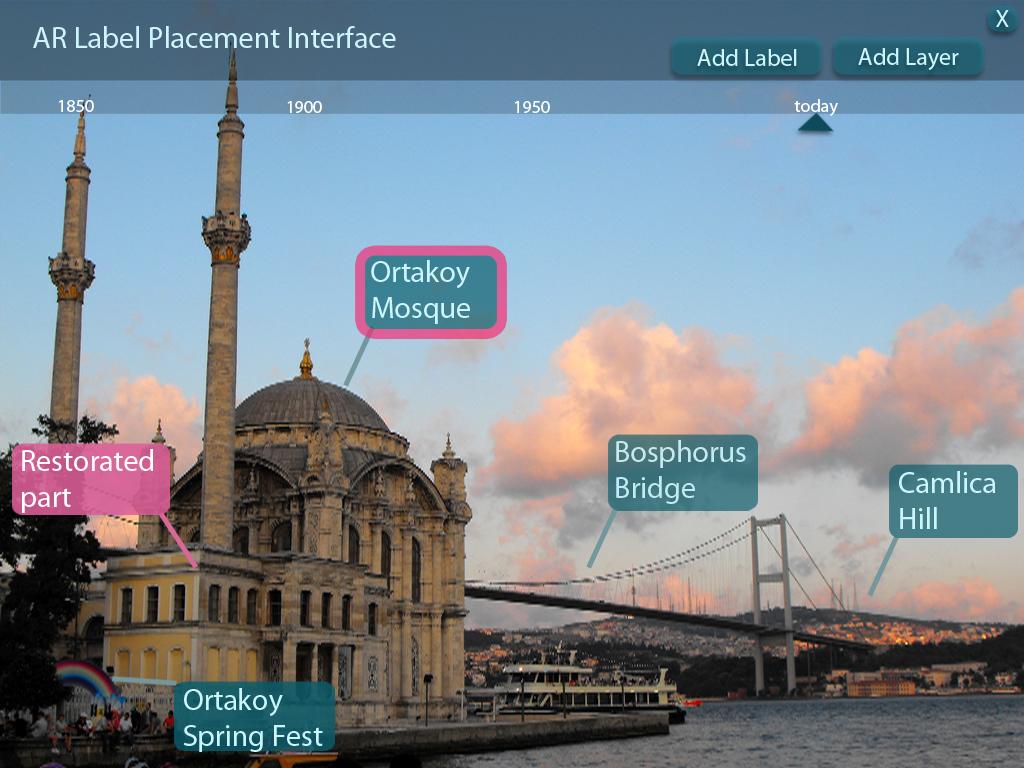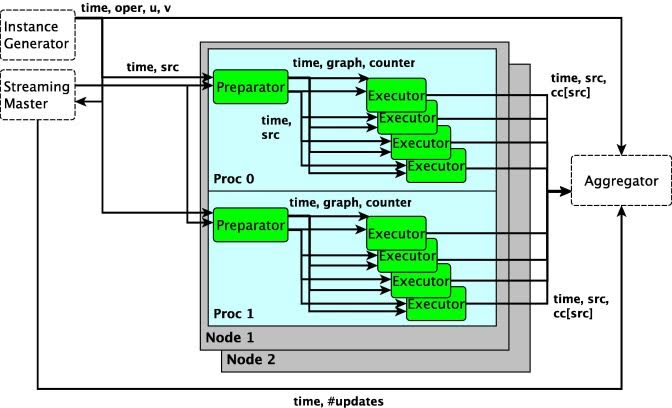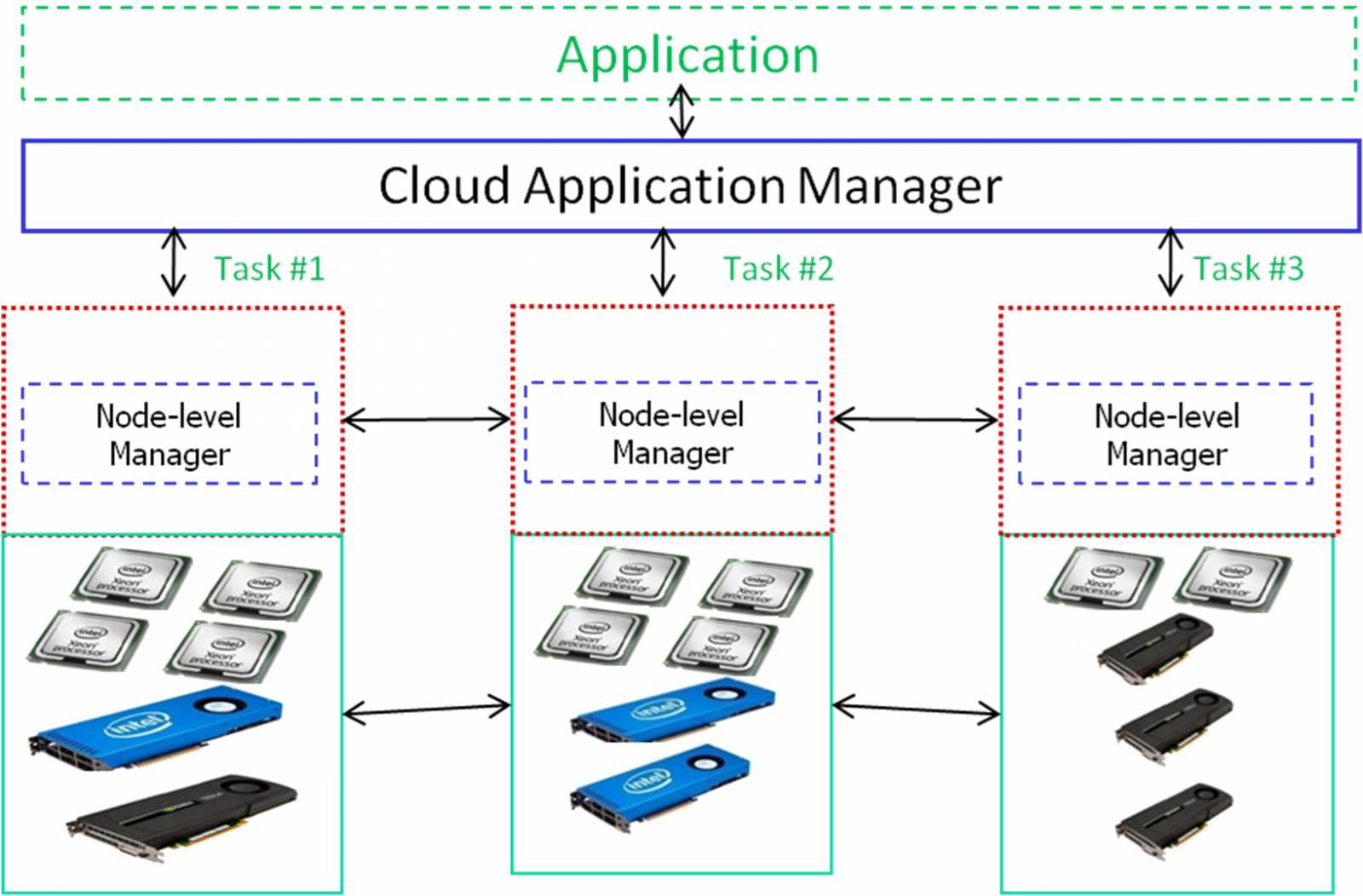
Esra Erdem

Volkan Patoğlu
AI & Cognitive Robotics
Cognitive Robotics (CogRobo) is concerned with endowing robotic or software agents with higher level cognitive functions that involve reasoning, for example, about goals, perception, actions, the mental states of other agents, collaborative task execution. Our research has mainly been on bridging the gap between high-level reasoning and low-level control, involving both theoretical and hands-on components.
Due the interdisciplinary and synergistic nature of this research area, we study various topics, including kinematic and dynamic modeling of robots, architectures for robot control, world maps and localization, object recognition, manipulation and path planning, human-robot interaction, AI planning, sensing and monitoring, diagnosis, learning, representation and reasoning formalisms and algorithms, and methods for coupling high-level reasoning with low-level feasibility checks. We apply our methods in different robotic application domains, such as robotic manipulation, cognitive factories, service robotics, cognitive rehabilitation robotics, computer games, cloud robotics.
CogRobo Group has emerged from collaborations between Knowledge Representation and Reasoning Group and Human-Machine Interaction Laboratory.

Esra Erdem
Knowledge Representation and Reasoning
Knowledge Representation and Reasoning (KR&R) is the study of representing knowledge in such a way that a computer can reason about it (infer appropriate knowledge from it) to behave intelligently. We conduct research in various areas in KR&R, such as answer set programming, declarative problem solving, reasoning about actions and change, planning, ontological representation and reasoning, query answering over big data (on the web and on the cloud), explanation generation.
Our research in KR&R has mainly been along two lines: on the mathematical foundations of KR&R, and their applications to computer sciences and other sciences (e.g., robotics, logical puzzles, computer games, VLSI design, historical linguistics, Semantic Web, biomedical informatics, and computational biology).

Berrin Yanıkoğlu

Erchan Aptoula
Machine Learning and Computer Vision

Our research is mainly in the intersection of machine learning and computer vision, with applications in diverse areas from medical image understanding to biometrics. In the medical domain, we have recently developed a system to detect Covid-19 in CT images, as well as a system that can differentiate between different skin cancer categories with high accuracy. In biometrics, we have developed online and offline signature verifications systems that have obtained first place positions in many international competitions. Another recent work in image understanding involves plant identification and plant disease classification, with the goal of supporting smart agriculture. Finally, we have worked on understanding handwritten text (online or offline), for both Turkish and English, for many years. We use both deep learning and traditional computer vision techniques as applicable.

Öznur Taştan
Machine Learning for Biology and Medicine
Machine learning aims at developing computer systems that can perform tasks without explicit instructions and improve themselves with experience, where the experience is encoded as data. Machine learning for biology and medicine apply and develop machine learning approaches to integrate and analyze biological data to answer key questions in biology and medicine.
Advances in molecular profiling technologies have resulted in large quantities of data, turning biology into a data rich field. A multitude of datasets collected from both normal and disease tissues is now available for large cohorts. Our research aims at using this data effectively to deepen our understanding of the molecular basis of the workings of the cell, diseases, and to translate this knowledge into clinics for improving patient care. The methods we develop rely on a wide range of machine learning approaches, including deep learning, kernel-based methods, graph machine learning. For more information, please visit our research group page.

Onur Varol
Machine Learning

We built tools for detecting malicious entities online. Our research analyze activities of social media accounts to detect social bots and coordinated malicious activities. We employ machine learning and deep learning techniques for temporal and graph data.
Our research aims developing techniques to analyze online behaviors. Our group specialize on network science, machine learning and deep learning applications to identify social bots and other malicious entities.

Onur Varol

Selim Balcısoy
Computational Social Science

Computational social science is a highly interdisciplinary field that address important societal problem from a data driven perspective. We employ natural language processing, machine learning, and network science techniques to online and offline data sources.
Our research aims developing techniques to analyze online behaviors to improve individual well-being and address societal problems. We leverage online and offline data to gain insight into human behaviors and analyze technological systems to mitigate threats against online conversations by developing techniques in machine learning, network science,
and computational social sciences.

Selim Balcısoy
Computer Graphics & Visualization

Computer graphics technology enables creation of synthetic 3D or 2D environments and user interfaces for different industries: entertainment (movies, video games), simulation (medical, military), scientific visualization and consumer electronics (mobile phones, media players).
At Sabancı University Computer Graphics Lab our research activities are focused on four areas:

Esra Erdem

Volkan Patoğlu
AI & Cognitive Robotics
Cognitive Robotics (CogRobo) is concerned with endowing robotic or software agents with higher level cognitive functions that involve reasoning, for example, about goals, perception, actions, the mental states of other agents, collaborative task execution. Our research has mainly been on bridging the gap between high-level reasoning and low-level control, involving both theoretical and hands-on components.
Due the interdisciplinary and synergistic nature of this research area, we study various topics, including kinematic and dynamic modeling of robots, architectures for robot control, world maps and localization, object recognition, manipulation and path planning, human-robot interaction, AI planning, sensing and monitoring, diagnosis, learning, representation and reasoning formalisms and algorithms, and methods for coupling high-level reasoning with low-level feasibility checks. We apply our methods in different robotic application domains, such as robotic manipulation, cognitive factories, service robotics, cognitive rehabilitation robotics, computer games, cloud robotics.
CogRobo Group has emerged from collaborations between Knowledge Representation and Reasoning Group and Human-Machine Interaction Laboratory.

Esra Erdem
Knowledge Representation and Reasoning
Knowledge Representation and Reasoning (KR&R) is the study of representing knowledge in such a way that a computer can reason about it (infer appropriate knowledge from it) to behave intelligently. We conduct research in various areas in KR&R, such as answer set programming, declarative problem solving, reasoning about actions and change, planning, ontological representation and reasoning, query answering over big data (on the web and on the cloud), explanation generation.
Our research in KR&R has mainly been along two lines: on the mathematical foundations of KR&R, and their applications to computer sciences and other sciences (e.g., robotics, logical puzzles, computer games, VLSI design, historical linguistics, Semantic Web, biomedical informatics, and computational biology).

Berrin Yanıkoğlu

Erchan Aptoula
Machine Learning and Computer Vision

Our research is mainly in the intersection of machine learning and computer vision, with applications in diverse areas from medical image understanding to biometrics. In the medical domain, we have recently developed a system to detect Covid-19 in CT images, as well as a system that can differentiate between different skin cancer categories with high accuracy. In biometrics, we have developed online and offline signature verifications systems that have obtained first place positions in many international competitions. Another recent work in image understanding involves plant identification and plant disease classification, with the goal of supporting smart agriculture. Finally, we have worked on understanding handwritten text (online or offline), for both Turkish and English, for many years. We use both deep learning and traditional computer vision techniques as applicable.

Öznur Taştan
Machine Learning for Biology and Medicine
Machine learning aims at developing computer systems that can perform tasks without explicit instructions and improve themselves with experience, where the experience is encoded as data. Machine learning for biology and medicine apply and develop machine learning approaches to integrate and analyze biological data to answer key questions in biology and medicine.
Advances in molecular profiling technologies have resulted in large quantities of data, turning biology into a data rich field. A multitude of datasets collected from both normal and disease tissues is now available for large cohorts. Our research aims at using this data effectively to deepen our understanding of the molecular basis of the workings of the cell, diseases, and to translate this knowledge into clinics for improving patient care. The methods we develop rely on a wide range of machine learning approaches, including deep learning, kernel-based methods, graph machine learning. For more information, please visit our research group page.

Onur Varol
Machine Learning

We built tools for detecting malicious entities online. Our research analyze activities of social media accounts to detect social bots and coordinated malicious activities. We employ machine learning and deep learning techniques for temporal and graph data.
Our research aims developing techniques to analyze online behaviors. Our group specialize on network science, machine learning and deep learning applications to identify social bots and other malicious entities.

Kamer Kaya

High-Performance Computing
Computing centralities of the people in a social network in parallel with a high-performance computing cluster having multiple nodes. There are three levels of parallelization: node, NUMA domain, and core.
For many applications, the data one needs to cope with for a major scientific innovation or discovery is immense, distributed, and unstructured. Thanks to the advancements on computer hardware and storage technologies, we currently have good arsenals to manage it. However, not every hardware-algorithm combination is effective and efficient enough to provide an insight that can make an impact on science, technology, and hence, on the public. And even with the best combination at hand, the performance we settle for today will not be sufficient in the future since the data growth is exponential; around 90% of the data we have is generated in the last two years.
Efficiency is not only a concern when the data is large: for time-critical applications, one needs to utilize the architecture at hand as efficient as possible. Today’s architectures are driven by power limitations; instead of using a single, very fast, power-hungry core, the CPUs we currently use have relatively slower cores. To get further computing power within a reasonable power envelope, accelerators have been developed by packing much simpler cores into a single die. Today, the world's most powerful supercomputers contain heterogeneous nodes which are equipped with cutting-edge multicore CPUs, faster SSDs, as well as accelerators, such as GPUs with thousands of cores or Intel's Xeon Phi. Due to this heterogeneity, applying different parallelization techniques at different levels of hardware/software is a necessity to achieve the peak performance and fully utilize such architectures. At Sabancı University, we conduct HPC research on social network analysis, combinatorial algorithms for scientific computing and runtime middleware systems for emerging multi-core architectures.

Özcan Öztürk

GPUs and accelerators are being deployed in the Cloud to improve processing capabilities and provide heterogeneity as Cloud Computing Systems become increasingly complex and process ever-increasing datasets. In such systems, application scheduling and data mapping need to be enhanced to
maximize the utilization of the underlying architecture. Cloud management schemes require a fresh look when the underlying components are heterogeneous to achieve this. Moreover, applications differ in the way they perform on various special accelerators.
Manycore accelerators are widely used in many contemporary systems. In such systems, application mapping needs to be enhanced to maximize the utilization of the underlying architecture. Especially in GPUs, mapping becomes critical for multi-kernel applications as kernels may exhibit different characteristics. While some kernels run faster on GPU, others may stay on CPU due to the high data transfer overhead. Thus, heterogeneous execution may yield improved performance compared to executing the application only on the CPU or GPU.

Berrin Yanıkoğlu

Onur Varol
Natural Language Processing, Information Retrieval and Extraction
Natural language processing (NLP) is a branch of artificial intelligence (AI) which aims to automate the analysis, generation and acquisition of natural languages. Information retrieval (IR) deals with the analysis and search of large data collections. After retrieving a small relevant subset; information extraction and NLP approaches are applied to extract useful information.
Our research aims to develop state-of-the-art models for retrieving and extracting information from large collections of text. We employ machine learning and deep neural network based approaches to help machines understand these text collections. In our research group, we mainly focus on social media and news content in different languages, but mostly in Turkish and English. For more information regarding our current projects, please visit our lab page.